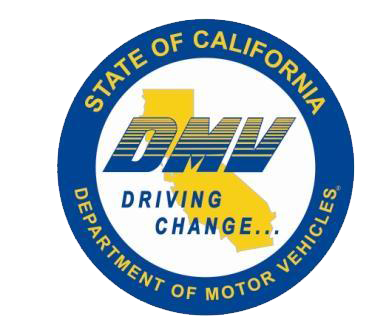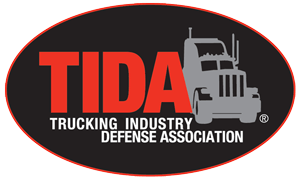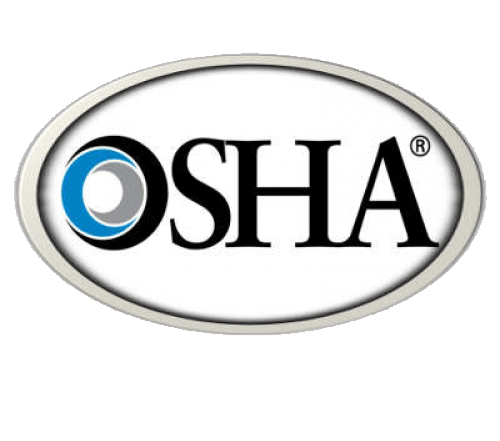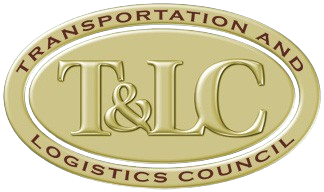ELD Mandate Exemptions: What You Need to Know
The ELD Mandate affecting millions of commercial drivers will be enforced beginning this December, 2017. If you are currently required to complete a Record of Duty Status (ROD), either occasionally or daily, then it’s likely the ELD Mandate will affect you. So, what should you do?
Understanding the requirements of the ELD Mandate means also understanding the exemptions to the rules.
It’s important to note that these exceptions relate to the ELD Mandate, not the HOS requirements as outlined in Part 395 of the FMCSA.
In most cases, drivers are still required to keep a simplified time record showing the time they report for and are released from duty each day and their total number of hours on duty.
First, determine whether or not the ELD Mandate applies to you and your operation. Depending on the type and scope of fleet operation you operate, you may qualify to take advantage of one of the following four federal ELD exemptions.
Short-haul drivers – The short-haul exemption is for drivers who use the 100 air-mile radius exception or 150 air-mile radius (non-CDL short haul) exception – see Sections 395.1 (e)(1) and 395.1(e) (2[2] [3]) of the ELD Mandate. If you operate within 100 air-miles of your normal work reporting location, work no more than 12 hours per shift, and each work shift is separated by at least 10 consecutive hours, then the requirements of the ELD Mandate would not be applicable and you would not be required to complete a daily log.
Short-haul drivers Part 2 – Even if you normally operate under the 100 air-mile radius exception, there may be occasions where you need to exceed the 100 air-mile limit. In these instances, you would still be exempt from the provisions of the ELD Mandate provided you do not exceed the requirements of the 100 air-mile radius exception more than eight times in a rolling 30-day period.
Driveaway-towaway operations – If the commercial motor vehicle being driven is part of a shipment (the truck is the product being delivered), an ELD is not required. Generally, this exception applies to Class 8 and Class 7 truck dealerships that transport multiple tractors to their customers. In this case, two or three tractors would be secured piggy-back to another tractor. If the tractor being operated is part of the total shipment, then the driver is exempt from the ELD Mandate.
Pre-2000 vehicles – Vehicle models dated 1999 (based on the VIN) or earlier are exempt from the ELD Mandate. If you only operate vehicles manufactured prior to 2000, then you would be exempt from the requirements of the ELD Mandate.
Why switch to ELDs anyway? Even if you are not legally required to use ELDs there are many benefits in switching to an automated compliance and fleet management solution.
For the best cost, effective U.S. DOT APPROVED ELD on the market today.
No hardware to buy – No installation to pay for.
For Independent Contractor Drivers and Fleets
Content Disclaimer: Due to the constantly changing nature of government regulations, it is impossible to guarantee the total and absolute accuracy of the material contained herein or presented. NorthAmerican Transportation Association (NTA) cannot and does not assume any responsibility for omissions, errors, misprinting or ambiguity contained. NTA shall not be held liable in any degree for any loss, damage or injury caused by any such omission, error, misprinting or ambiguity present. It is made available with the understanding that NTA is not engaged in rendering legal, accounting or other professional service. If legal advice or other expert service is required, the services of such a professional should be sought.











